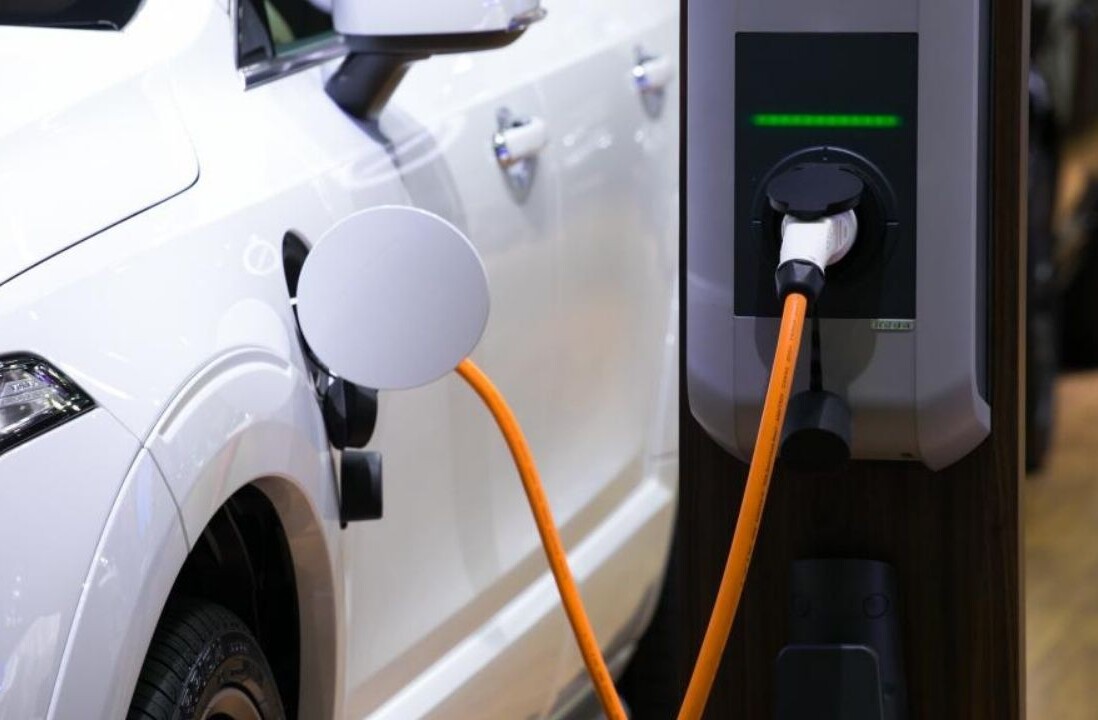
If you’re shopping for an electric vehicle, you’re probably considering a bunch of features, but price and range probably sit at the top of the list.” However, it turns out that most EVs aren’t that different when you compare their price and range.
Sure, this isn’t surprising by any stretch. There is a direct relation between battery cost and size, and how far an EV can drive on a single charge. Bigger batteries mean more range but are also more costly. In the EV world, you pay for range; in the combustion engine world, you pay for feature and other vehicle attributes.
[Read: 5 things to know when you’re buying your first electric vehicle]
According to analysis from the Zap EVs blog, the average price per mile of modern electric vehicles is around $250. In other words, if you’re looking to buy an EV and it falls beneath this line, then you’re probably getting a decent deal. If it costs more than $250 per mile of range, then you better be getting something else to sweeten the deal.
The average electric car in America costs $250 per mile of range.
Surprisingly, Tesla's Tri-Motor Cybertruck has the *lowest* cost per mile of range, despite being a full-size steel pickup truck.
500 miles for $69,900 is $140 per mile.
Incredible bargain. pic.twitter.com/4FrQN7jyYk
— ZAP EVs (@ZapEVs) September 15, 2020
To find the average cost per mile, Zap EVs took a look at electric vehicles currently on sale and about to be released in the US.
Some notable cases are the selection of Porsche Taycan EVs, which are far more expensive than $250 per mile of range. They top out at $740 per mile of range. These particular EVs aren’t focused on delivering high range, though. Instead, they’re more oriented to the driving experience and consistent performance, which means range is limited to protect the battery and the cars have a host of other features to enhance the drive.
Based on what’s been announced, the Tesla Cybertruck represents one of the best value buys when it comes to price per mile of range. Offering just over $100 under the national average, at $140 per mile of range. That is based on the vehicle costing $69,900. And of course, it doesn’t exist yet, so let’s take this figure with a big grain of salt.
The Tesla Model 3 Long Range also represents good value for money coming in beneath the $250 per mile average, costing $146 per mile of range. The Tesla Model X Performance, less so, coming in with twice the per mile of range price at $330.
While not shown on the graph, the Polestar 2, which has 275 miles of range, will sit just below the national average. For reference, the P2 has a list price of $59,900, giving it a price per mile of $218. But as the first car with Google Assistant, its features extend beyond the simple fact of how far it can drive on one charge.
All things considered, though, there isn’t a huge amount of variation overall, and cars that are either far more expensive or far cheaper than average appear to be outliers more than indicators of trends.
There does seem to be a sweet spot around the $45,000 to $55,000 where many vehicles come in below the national average when comparing range to price.
As battery prices come down the industry average cost per mile will also come down. As more manufacturers enter the EV market we’ll likely see less of a correlation between range and vehicle price, and begin to see manufacturers compete on features rather than simply how far their cars can drive on one charge.
So you like mobility? Then join our online event, TNW2020, where you’ll hear how data, autonomy, and connectivity are fueling the future of mobility.

Get the TNW newsletter
Get the most important tech news in your inbox each week.




